Understanding rainwater collection is crucial for promoting sustainable water management and environmental stewardship. By learning how to capture and use rainwater, you can decrease your dependence on municipal water supplies, potentially lowering your water bills and contributing to a more eco-friendly lifestyle. Rainwater collection systems are relatively straightforward to set up and can be tailored to various purposes, including irrigation for gardens or even potable water, depending on the system’s complexity. This practice also alleviates pressure on local water resources, particularly during periods of drought or high demand, and helps reduce stormwater runoff, which can lead to erosion and pollution of natural waterways. Additionally, incorporating rainwater collection into your routine fosters a greater awareness of environmental issues and enhances resilience to climate variability.
Learn How And Why To Collect Rainwater
Why Harvest Rainwater?
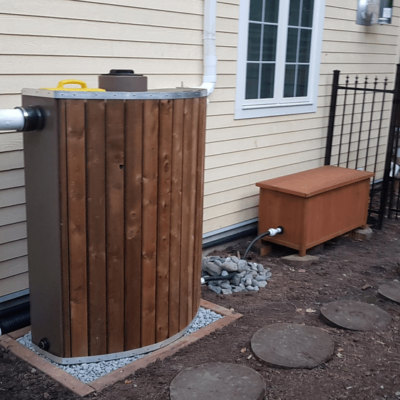
Harvesting rainwater is a practical and environmentally responsible choice that offers several advantages. By capturing rainwater, you can reduce your reliance on traditional water sources, lower your utility bills, and contribute to water conservation efforts. This practice also helps manage stormwater runoff, which can prevent soil erosion and reduce pollution in local waterways. Overall, rainwater harvesting supports sustainable living and enhances resilience to water shortages and environmental changes.
Components Of A Rainwater Harvesting System
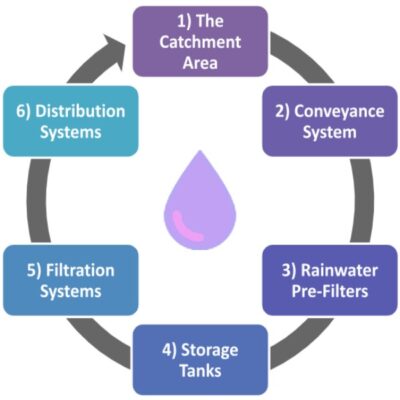
Rainwater harvesting, an age-old practice, has been enhanced with cutting-edge technology to meet modern needs. By capturing and storing rainwater, you can conserve drinking water, lessen urban runoff, and lower flood risks. However, Choosing the right components of a rain collection system is essential. This article will detail the key components required for an effective rainwater harvesting system and discuss important factors to consider when designing your setup.
Wisy 4 Step System
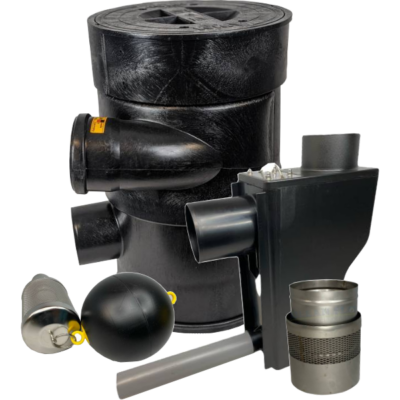
The Wisy 4 Step System is designed to enhance the efficiency and longevity of your rainwater harvesting setup by significantly improving water quality and reducing maintenance requirements. This system incorporates a four-stage filtration process that starts with pre-tank filtration, effectively minimizing the amount of particulate matter that enters the storage tank.
Tank Sizing
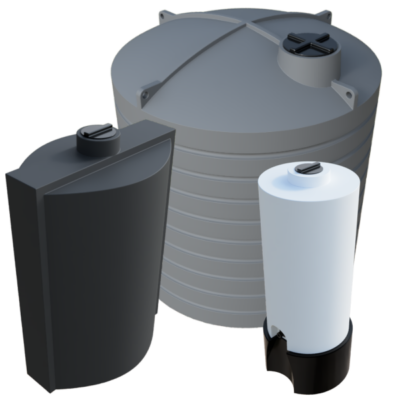
The chart provided illustrates the average annual rainfall for various locations from 1991 to 2020. Please note that this data set does not encompass all cities and towns across Canada. If your area is not represented in the chart, you may refer to the Canadian Climate Normals for additional statistics. Use this info with the formula provided to figure out the best tank size for you!
LEED Certification
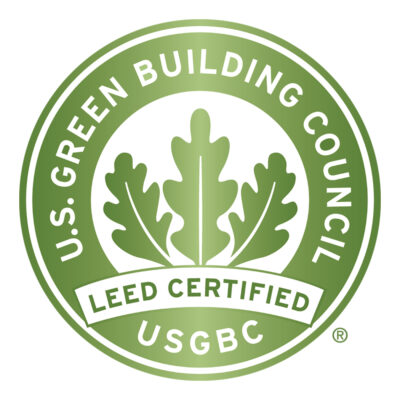
LEED Certification, or Leadership in Energy and Environmental Design, is a widely recognized rating system for the design, construction, and operation of high-performance green buildings. Developed by the U.S. Green Building Council (USGBC), LEED provides a framework for identifying and implementing practical and measurable green building strategies.
More Questions Or Want To Get Started On A System? Contact Us Now!
Looking for installation & professionally designed system?
We are proud to be the authorized dealer of Clean Flo Water Technologies Rainwater Harvesting Systems: Rain Seeker, Rain Seeker Maximums, Vida Rainwater Appliance, Clean Flo NSF P151 Potable Roofing and gutters, and much more !
